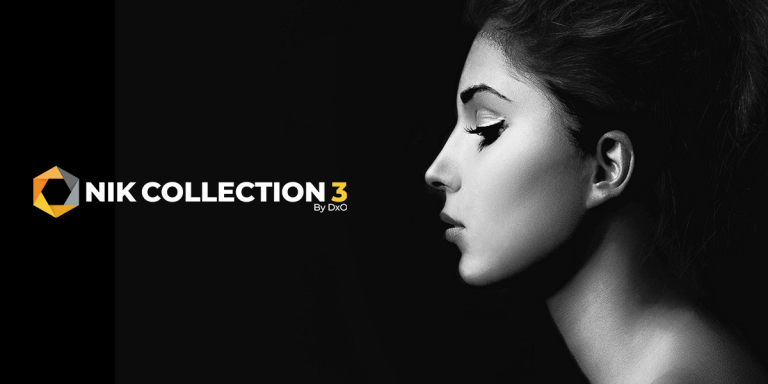

Here’s a real-world example! I’m going to be using Adobe Photoshop as the host for the image, because with Smart Objects, that gives me the most flexibility throughout the process. And then do a final sharpening pass that’s optimized for screen or print at the exact size (and in the case of print paper type) that your audience will see. And if you’re going to B&W and want to add any effects that aren’t part of Silver Efex Pro, do those before the B&W conversion. Apply any corrective edits (exposure adjustment, retouching, cropping, etc.). Strip away any noise that is there because of a high-ISO shot or even noise that’s been enhanced by pre-sharpening. The idea is that we start with an image that’s as sharp as it can be. Starting the ideal workflow with the Nik Collection by DxO Black and White conversion, with Silver Efex Pro.Creative edits, with Color Efex Pro and/or Analog Efex Pro.RAW Decoding and global corrective edits.You may not be using all of these tools, but the order should be:

In brief, it’s actually pretty easy, and quite logical when you think through it. With sharpening, noise reduction and creative filters at your disposal, what’s the ideal order to run them in to get the best possible result? A common question among Nik Collection by DxO users is which filters should be used first.


 0 kommentar(er)
0 kommentar(er)
